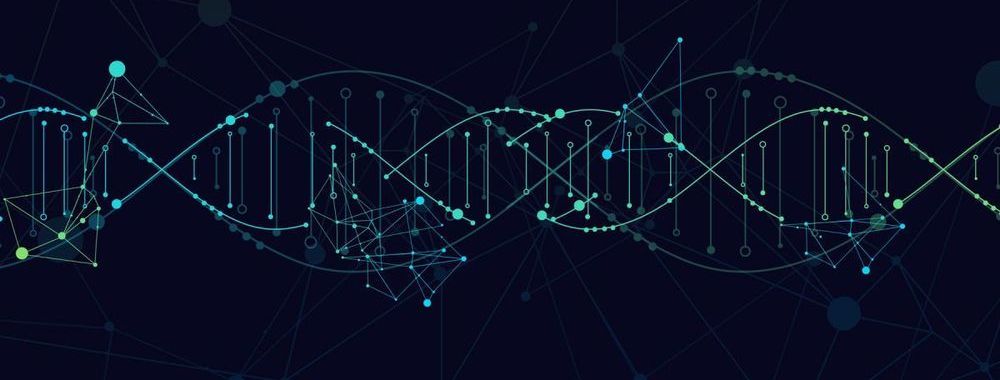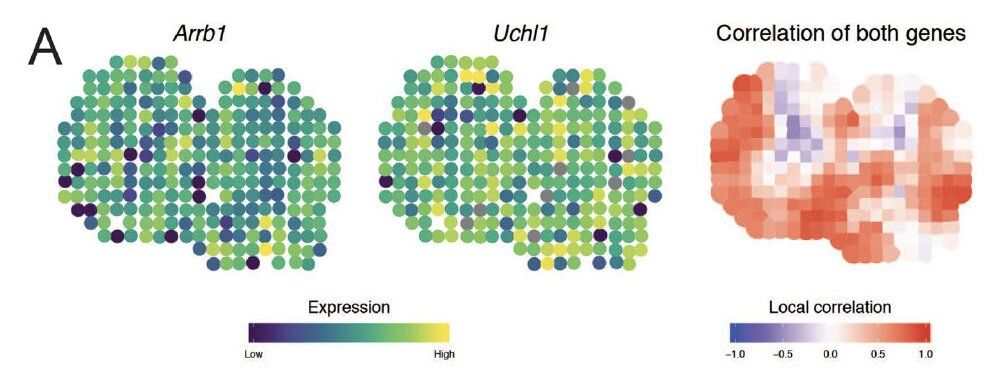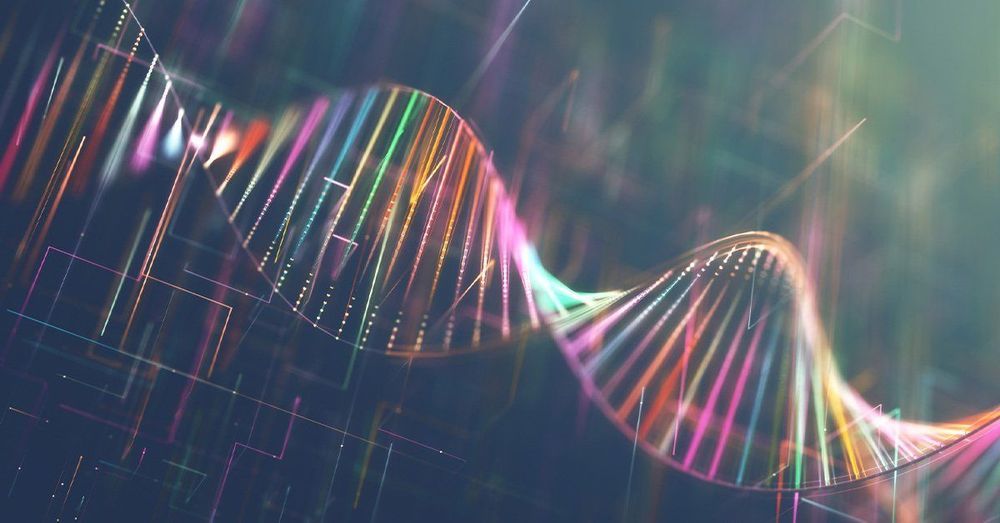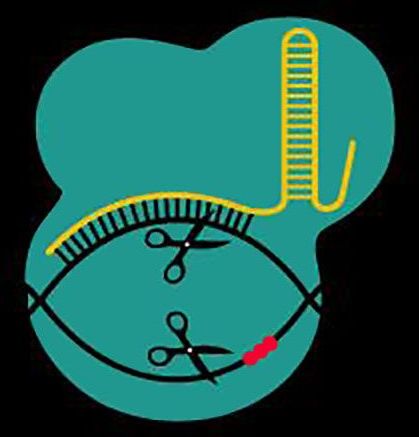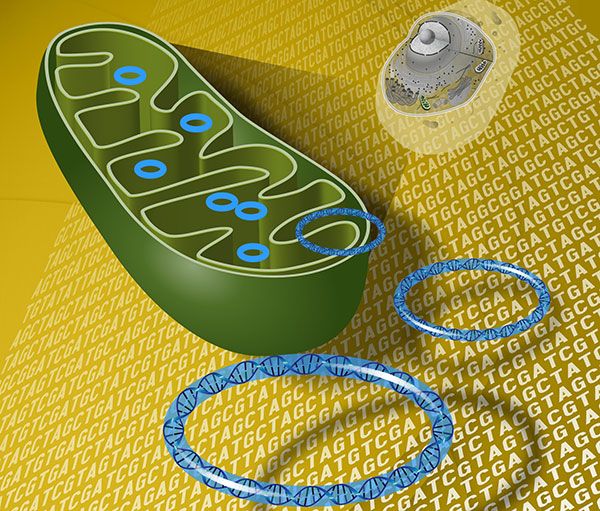In this premier episode of Lifespan News, Brent Nally discusses Unity Biotechnology’s human trials of novel senolytic drugs, including a Phase 2 human trial of a senolytic drug for knee osteoarthritis; two proteins that allow LDL cholesterol to enter our cells; Ponce de Leon Health and epigenetic age reversal; the reason why naked mole rats are so resistant to cancer; XPrize adding longevity to its impact roadmaps; and a promo code for Ending Age-Related Diseases 2020, our upcoming online conference.
You can get your ticket to EARD2020 at https://www.eventbrite.com/e/ending-age-related-diseases-2020-tickets-94918805703
0:00 Introduction
0:51 Unity Biotechnology Updates
1:43 Proteins & LDL: https://www.lifespan.io/news/two-proteins-allow-ldl-cholesterol-into-our-cells/
2:17 Epigenetic Age Reversal: https://www.lifespan.io/news/pilot-study-results-suggest-epigenetic-age-reversal/
3:18 Naked Mole Rat
4:11 XPrize and Longevity: https://www.xprize.org/articles/future-of-longevity-blog-post
4:50 Additional Information and Outro
HOW CAN YOU SUPPORT US?
▀▀▀▀▀▀▀▀▀▀▀▀▀▀▀▀▀▀▀▀▀▀▀▀▀▀
LEAF / Lifespan.io is a 501©(3) nonprofit organization. Everything we’ve done thus far and everything we will do in the future is thanks to your support — please stand with us to fight the diseases of aging and increase healthy human lifespan.
► Support us with monthly donations by becoming a Lifespan Hero: https://www.lifespan.io/hero
► Make a one-time donation and learn about other ways to support us here: http://lifespan.io/support
► Learn more, and help us #CrowdsourceTheCure: https://www.lifespan.io
► Subscribe: http://www.youtube.com/user/LifespanIO
#LifespanNews #LifespanIO #Unity #XPrize #Senolytics


